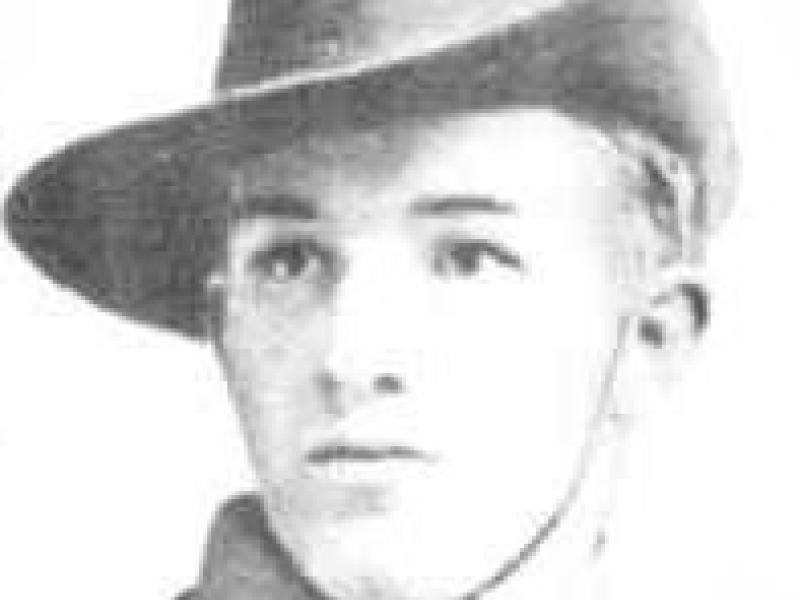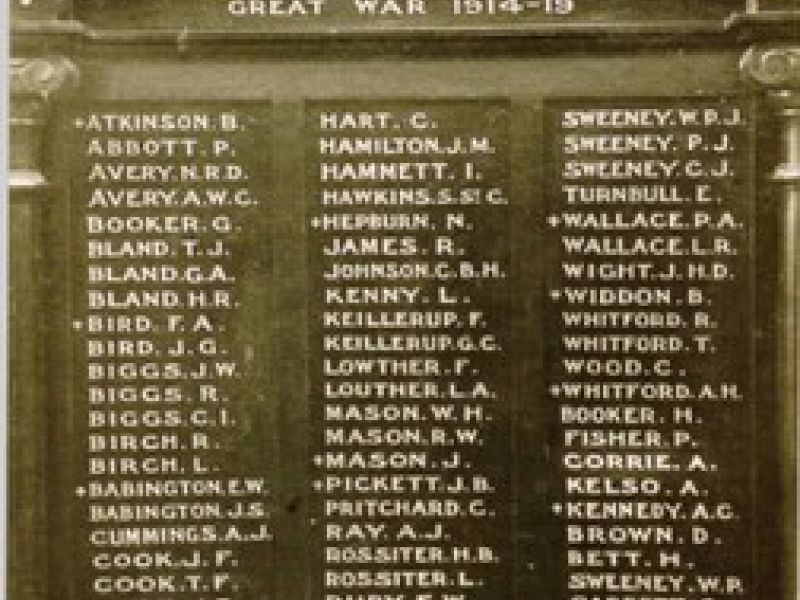Trooper Frederick Bird, 4th Light Horse Regiment, AIF
Frederick Bird was born in 1897, one of six children to James and Ada Bird of Yarram in the Gippsland region in Victoria. Known as “Fred” to family and friends, he attended Yarram State School before joining his father in grazing sheep on family holdings at Alberton East and nearby Woranga.
Fred Bird enlisted in the Australian Imperial Force at Yarram in September 1914, and after several weeks training at Broadmeadows Camp on the outskirts of Melbourne, sailed for Egypt as an original member of the 4th Light Horse Regiment.
When the infantry in Egypt embarked for the fighting in the Dardanelles in early April 1915, the light horse regiments remained in camp and trained for future offensive action.
As Australian and New Zealand casualties on Gallipoli continued to rise at an alarming rate, the 4th Light Horse Regiment were sent in as dismounted infantry reinforcements to help defend the Anzac positions. After landing on Gallipoli in late May, the regiment was broken up to provide squadrons of infantry reinforcements.
It was not until 11 June that the 4th Light Horse Regiment reformed as a unit, after which they defended positions near Ryrie’s Post on the southern end of Bolton’s Ridge. Here, the 4th Light Horse were involved in a number of “demonstrations” against the Ottoman positions in preparation for a major offensive in early August.
One of those demonstrations at Ryrie’s Post occurred on the night of 6 August 1915. The regiment intended to draw Ottoman reserves and fire away from nearby Lone Pine.
During the engagement, Bird was seriously wounded in the head by shrapnel. He was carried by stretcher bearers to a nearby dressing station but succumbed to his wounds.
He was 18 years old.
Fred Bird was buried at the nearby Beach Cemetery at Hell Spit, at the southern end of Anzac Cove, where he rests today. His grieving parents requested one word on his headstone as an epitaph: “Peace”.
A year later, a member of his family sent an epigraph to the local newspaper in his memory:
Men of Anzac, not in vainAll the battle sweat and pain,
Of the brave young lives that fell
Gash and torn by shot and shell.
Aaron Pegram, Historian, Military History Section
- Australian War Memorial https://www.awm.gov.au/collection/C2278531

 Australian War Memorial
Australian War Memorial